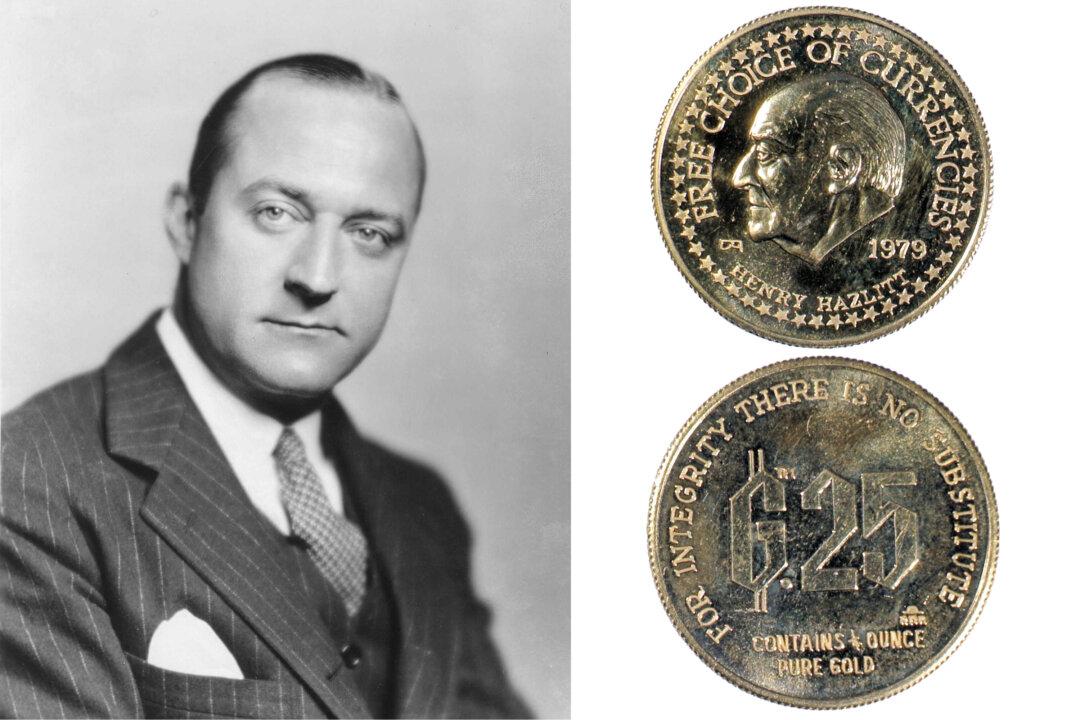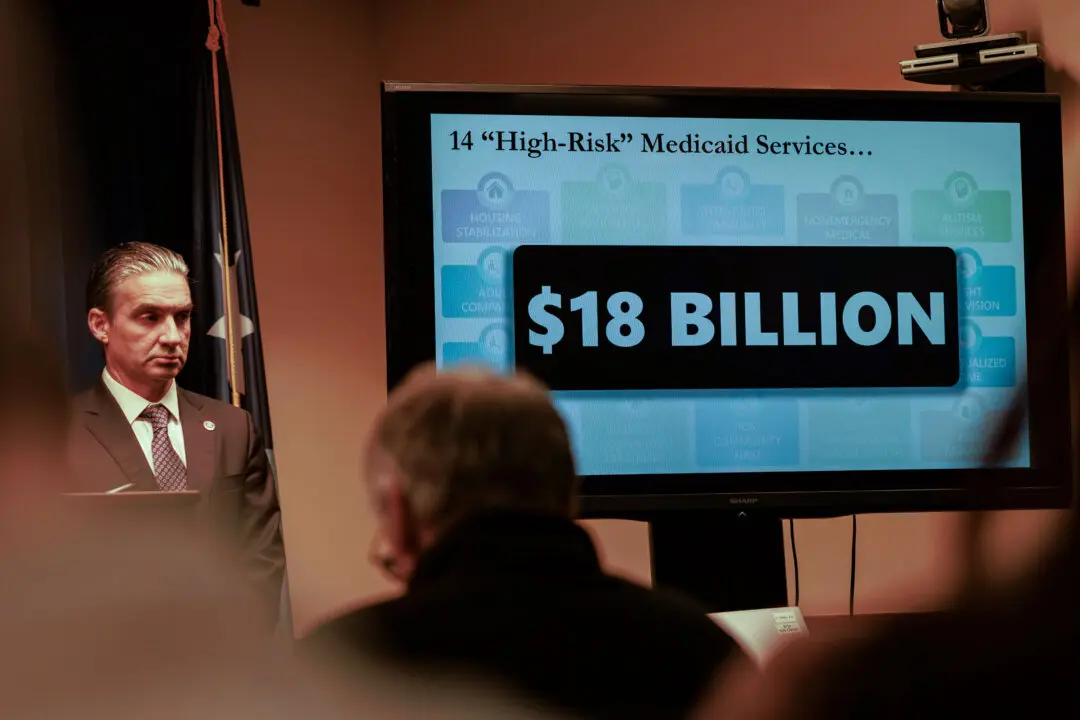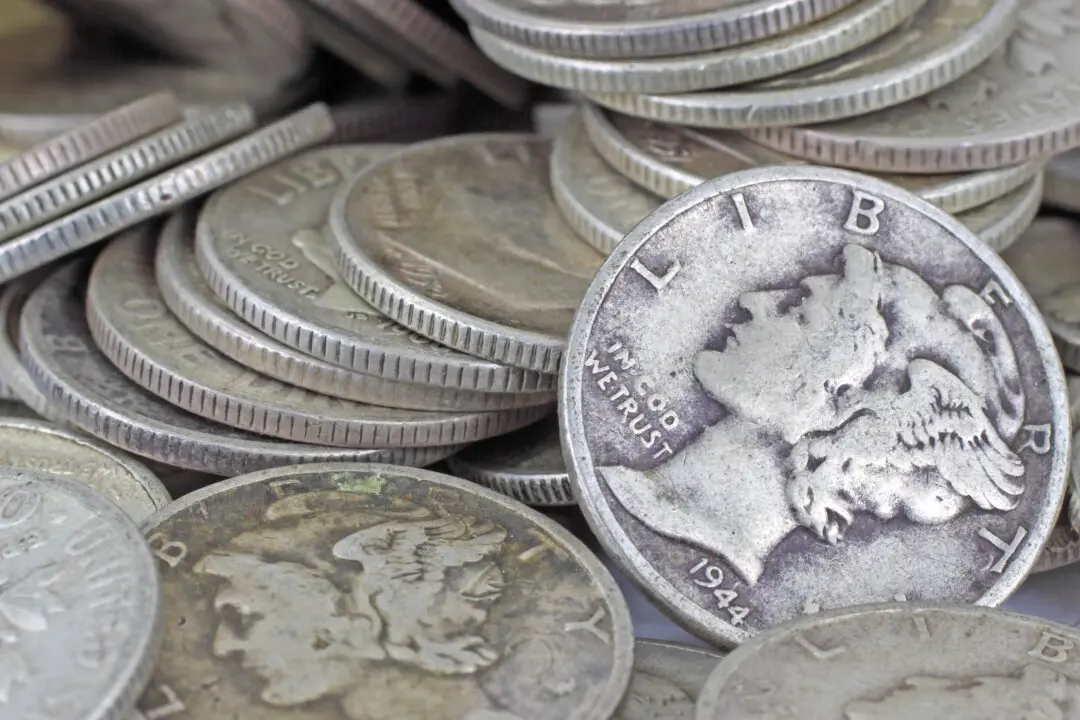Commentary
Economic decline is painful both financially and psychologically. The tendency is to live in denial for as long as possible. But there’s a limit. The unstoppable logic of accounting itself eventually imposes a reality that no one likes. And we seem to be headed this way on multiple fronts. Let’s have a look at the signs all around us.





